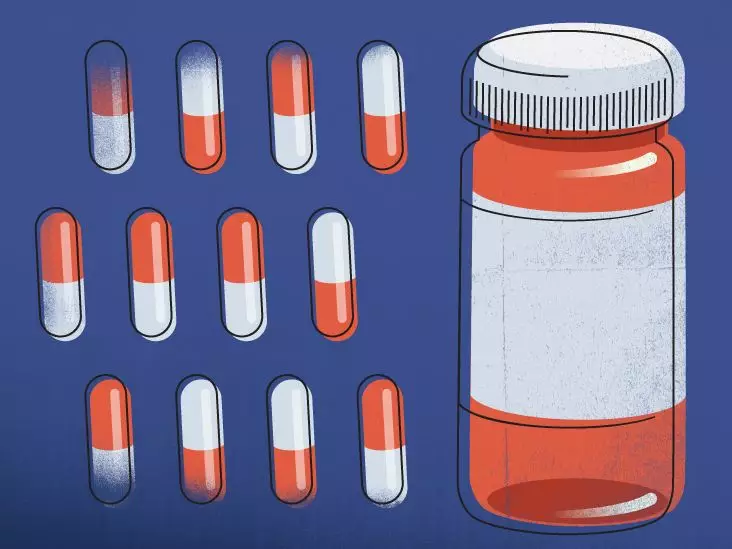The efficacy of medications is contingent on their mechanism of action, which outlines how a drug interacts with the body to produce therapeutic effects. One such medication, Vraylar (cariprazine), is primarily prescribed to address various conditions, including bipolar disorder and schizophrenia. Understanding the underlying pharmacological principles is instrumental in comprehending how this medication yields its clinical effects.
At the core of Vraylar’s functioning lies the intricate network of neurotransmitters—natural chemicals that relay messages throughout the nervous system. Two key players in this orchestration are dopamine and serotonin. These neurotransmitters play a pivotal role in regulating numerous cognitive and emotional functions, including mood stabilization, thought processes, perception, and behavioral responses.
An imbalance in dopamine and serotonin levels can contribute to the manifestation of several psychological disorders. For instance, abnormalities in these neurochemicals often lead to symptoms correlated with depression, mania, and psychotic disorders. Symptoms of psychosis may include hallucinations—sensing things that aren’t present in reality—and delusions—holding onto unfounded beliefs. Vraylar operates on the principle of rebalancing these neurotransmitter systems, thereby addressing the distressing symptoms associated with various mental health conditions.
Clinical studies have shown that Vraylar significantly reduces psychotic symptoms such as hallucinations and delusions while also alleviating manic symptoms, which may manifest as racing thoughts or excessive agitation. Additionally, the medication is effective in treating depressive symptoms, characterized by intense sadness, hopelessness, and feelings of guilt. The therapeutic benefits of Vraylar extend beyond these primary symptoms; patients often report improvements in anxiety, sleep disturbances, and overall energy levels, which are common in individuals grappling with these conditions.
Furthermore, Vraylar has been linked to enhancements in cognitive functions, including memory recall and concentration, which are frequently impaired in individuals suffering from mental health disorders.
An important aspect of Vraylar’s treatment protocol is its onset of action. Patients typically experience a reduction in acute symptoms like agitation and hallucinations within the initial days of treatment. However, it should be noted that the full effects of the medication may take several weeks to manifest completely. This gradual improvement underscores the importance of adhering to the prescribed treatment plan, even when immediate relief is not apparent.
This aspect of Vraylar’s pharmacodynamics can be particularly challenging for patients, as they may experience impatience or frustration during the waiting period. It is vital for healthcare providers to communicate this timeline effectively to patients, ensuring they remain compliant with their treatment regimen.
Understanding how Vraylar is metabolized in the body is essential for anticipating its long-term impacts. The medication possesses a half-life of approximately one week, signifying the time required for the concentration of the drug in the bloodstream to decrease by half. This biological characteristic implies that upon cessation of Vraylar, it takes roughly 5.5 weeks for the drug to dissipate sufficiently so that it no longer exerts a significant effect. Furthermore, trace amounts may remain detectable in the system beyond this timeframe.
Such pharmacokinetics is crucial for both physicians and patients in planning treatment strategies, managing expectations, and considering potential drug interactions or side effects that may arise as the medication is introduced or withdrawn from treatment protocols.
Despite Vraylar’s benefits, it is vital to approach its use with caution. Potential side effects and interactions with other medications warrant a thorough discussion with healthcare providers. This medication should not substitute for professional medical advice or treatment plans, emphasizing the importance of individualized care. Moreover, continuous research is essential to deepen our understanding of Vraylar’s multifaceted effects and to uncover any long-term implications for patients.
Understanding the mechanism and therapeutic purpose of Vraylar provides significant insight into its role in managing various psychological disorders. This complex interplay of neurotransmitters and their restoration promotes a healthier mental state for individuals affected by mood disorders. Nonetheless, open communication between patients and healthcare professionals is paramount to ensure a safe and effective treatment journey, paving the way for a clearer path to recovery and improved mental health.

